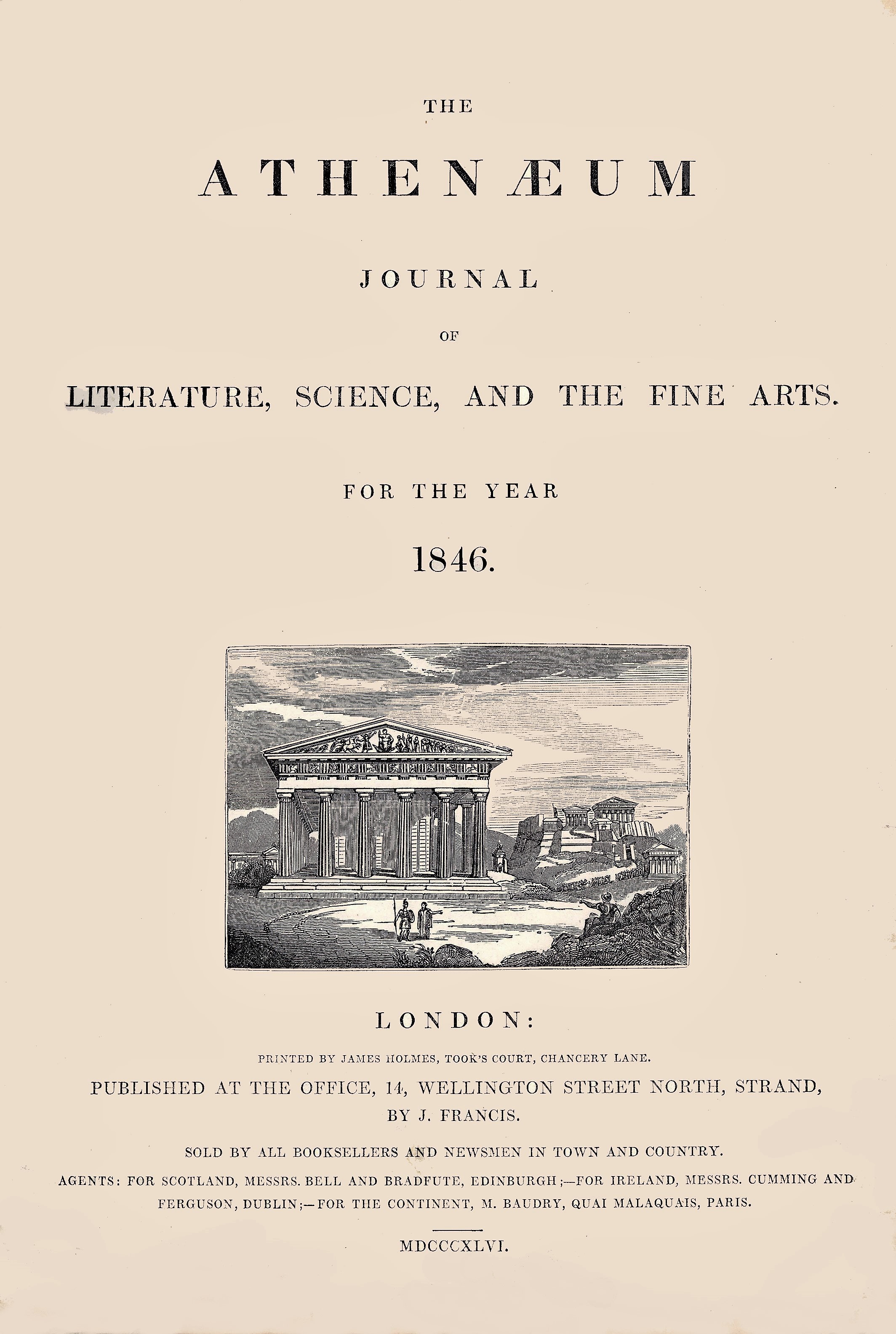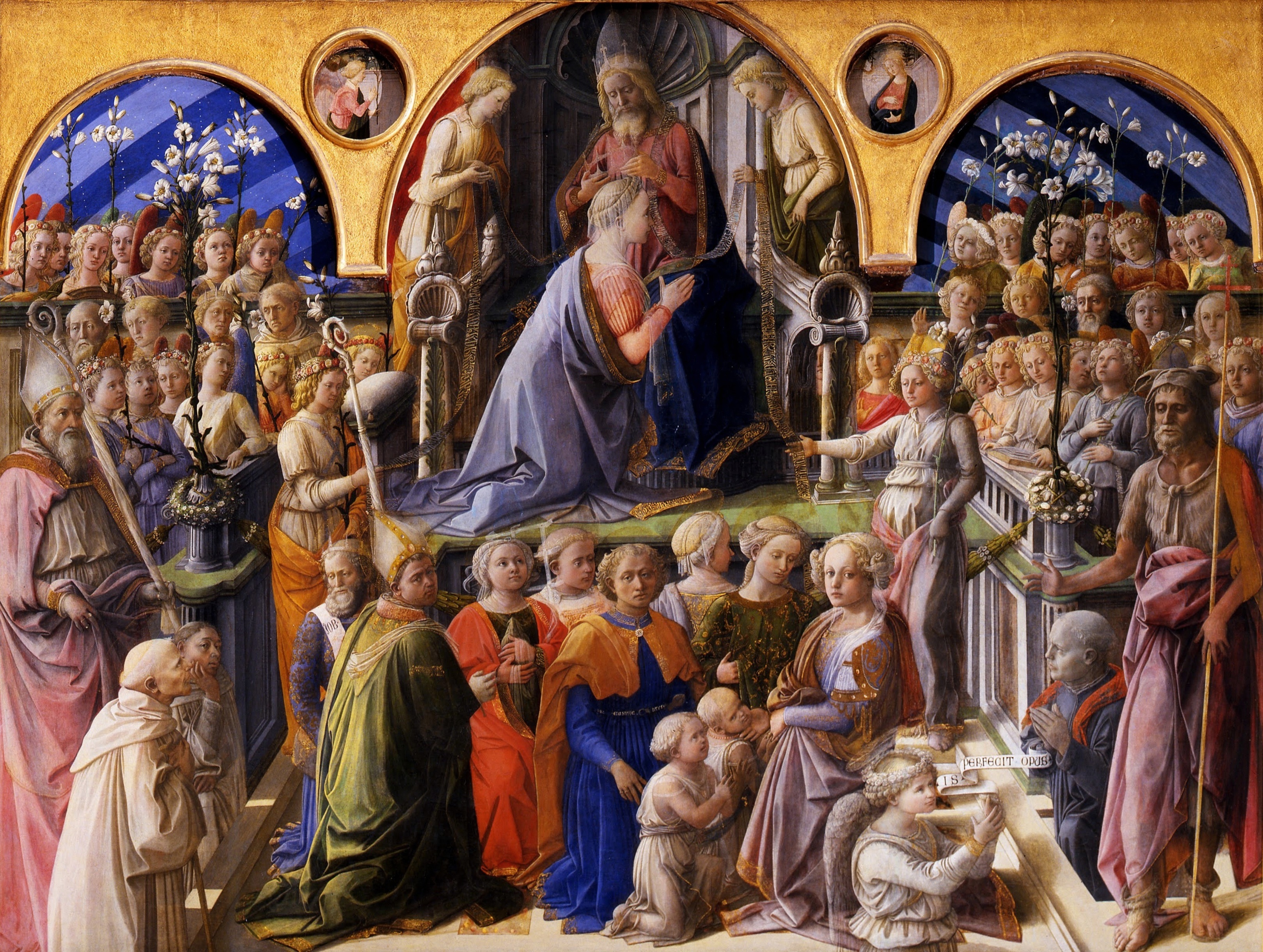This map represents places connected to the rare-item projects you are doing for this course.
ENG 5361-Victorian Poetry, Reforming Christ's Body Dashboard
Description
Victorian poets were among the most active reformers in an age of reform, intensely restructuring poetic form to reflect upon, contend with, and influence their swiftly changing world. They devoted a tremendous amount of their reconfiguring energy to the body of Christ, understood both as the person of Christ and as those who are members of Christ. For many Victorian poets, reforming poetry entailed reformulating and reimagining Christ's body, often as an agent of reform in the world. In this class, we will examine this vital aspect of Victorian literature and culture in dialogue with rare items at the Armstrong Browning Library. You will create presentations and blog posts on these rare items, and supplement your posts with related entries on our class timeline and map on COVE.
Galleries, Timelines, and Maps
This timeline represents events related to your rare-item projects for this class.
Individual Entries
In 1884, William McGee published Lizzie Mary Little’s poetry collection Persephone, and Other Poems. McGee occupied a prominent position in the Dublin publishing business. His publishing house, located at 18 Nassau Street in Dublin, issued a wide range of literature, including poetry, histories, religious documents, and scientific texts. Interestingly, Lizzie Mary Little’s work, particularly her poem “Voices of the Age,” represents each of the aforementioned disciplines; McGee, therefore, was an appropriate choice of publisher. Her work’s promotion by such a prominent publisher also indicates the perceived merit of her work during the nineteenth century.
To read a related blog post, click here: http://blogs.baylor.edu/19crs/2020/01/15/victorian-voices…oices-of-the-age/

Having read the scathing criticism of his late wife, Elizabeth Barrett Browning, and her work in the recently published letters of Edward Fitzgerald within the opening days of the month, Robert Browning penned a response, "To Edward Fitzgerald," published in the July 13th, 1889, no. 3220 edition, that would spark an uproar and result in his declining health, leading to Browning's death in December.
To read a related blog post, click here: http://blogs.baylor.edu/19crs/2020/01/15/robert-brownings…barrett-browning/
The River Elwy is a tributary of the River Clwyd in the north of Wales. The Elwy Valley inspired some of Gerard Manley Hopkins’s most beloved poetry when he was at Saint Beuo’s Seminary. Hopkins said that his poem, “Hurrahing in Harvest,” was “the outcome of half an hour of extreme enthusiasm as I walked home alone one day from fishing in the Elwy.”
To read a related blog post, click here: http://blogs.baylor.edu/19crs/2020/01/15/injured-by-a-nat…nge-poetic-style/

In “Fra Lippo Lippi,” a dramatic monologue from Robert Browning’s 1855 Men and Women, the fifteenth-century artist Lippo Lippi, caught dashing through the streets of Florence after midnight, vehemently defends his naturalist theory of art. He promises his listeners that he will paint “Something in Sant' Ambrogio's” (346), and the painting he describes strongly resembles the “Coronation of the Virgin,” an altarpiece which the historical artist did in fact paint for Sant'Ambrogio, a Catholic church in Florence. Anticipating Browning’s dramatic insertion of himself as the voice of the poet in Books I and XII of The Ring and the Book (1868), Lippo Lippi announces that he will paint himself into the picture, for his artistic vision and skill...
moreHannah Lawrance (1795-1875) passed away on 20 November 1875 in her home located at 22 Albion Grove, Barnsbury Park, Middlesex. Lawrance was a historian, journalist, novelist, and art critic who is best known for her books and articles detailing the influences of women in English history. Through her writing, she consistently supported movements for better education and wider employment opportunities for women. She was also a lifelong Congregationalist, dedicating the latter part of her career to writing for the Nonconformist periodical British Quarterly Review and bequeathing most of her money to various Congregationalist ministries. These beliefs influenced her review of Elizabeth Barrett Browning's masterwork, Aurora Leigh.
To read a related blog post, click here: https://blogs.baylor.edu/19crs/2020/01/17/reactions-to-aurora-leighs-...
more